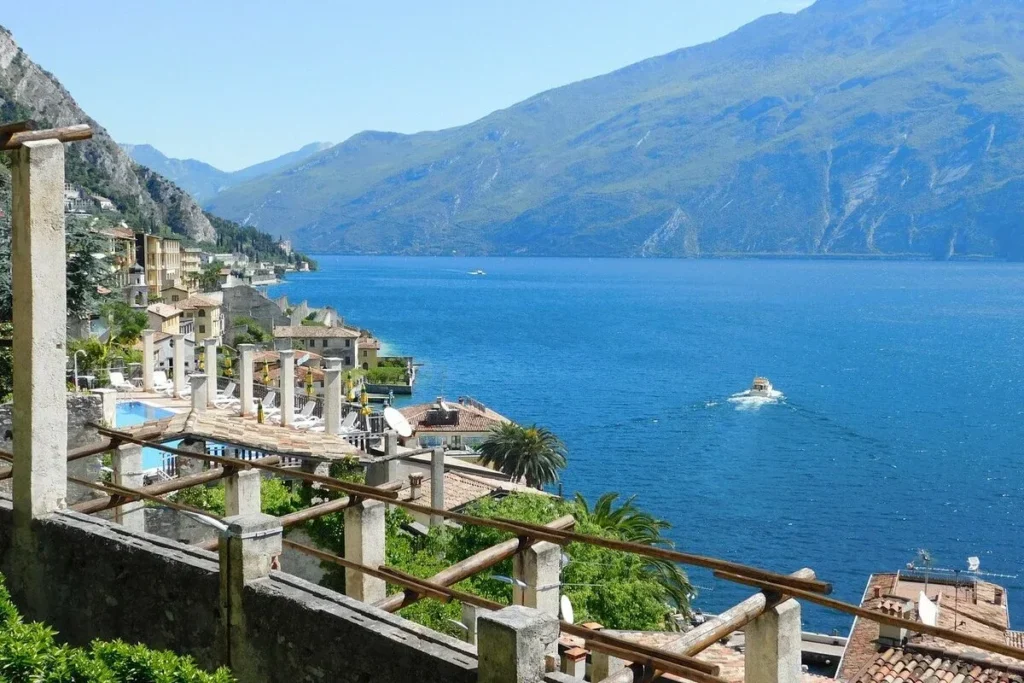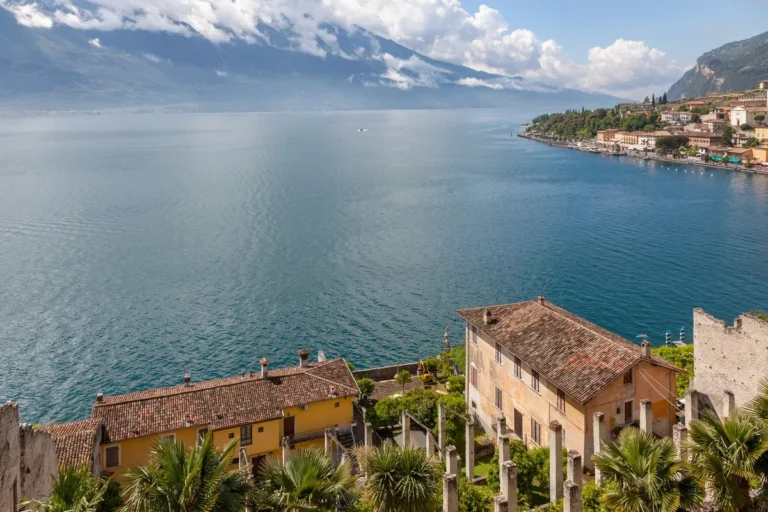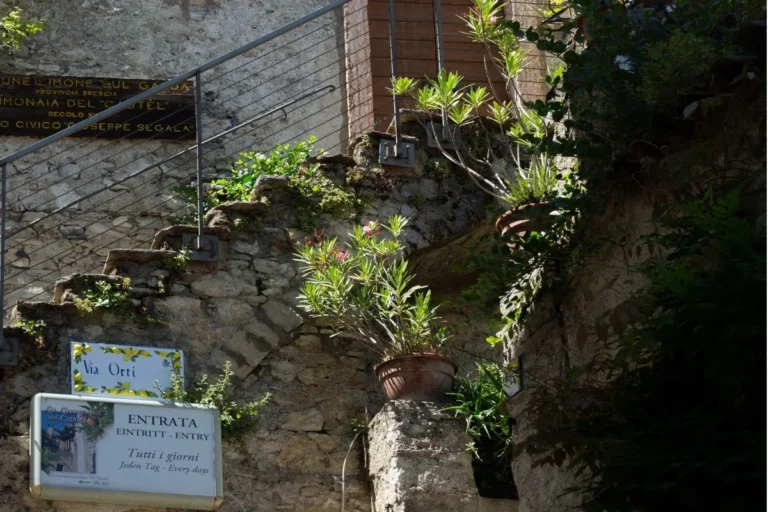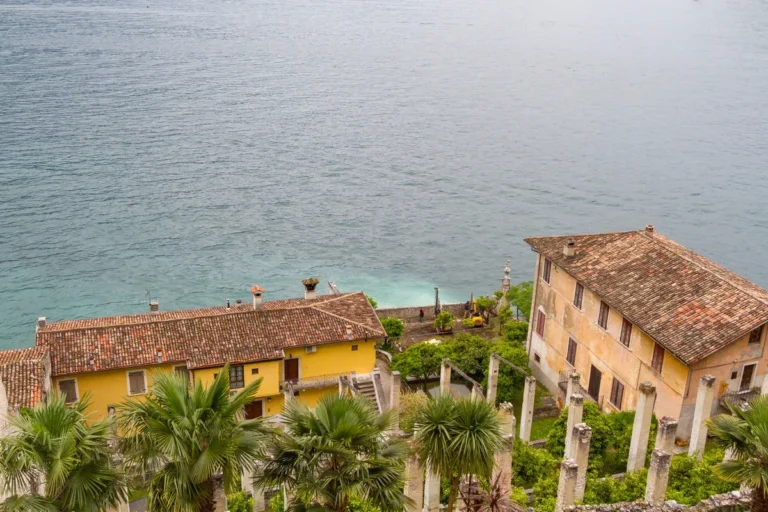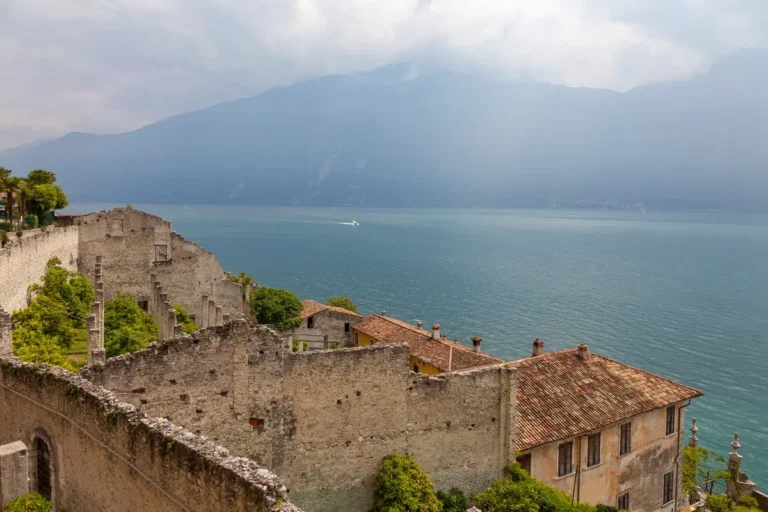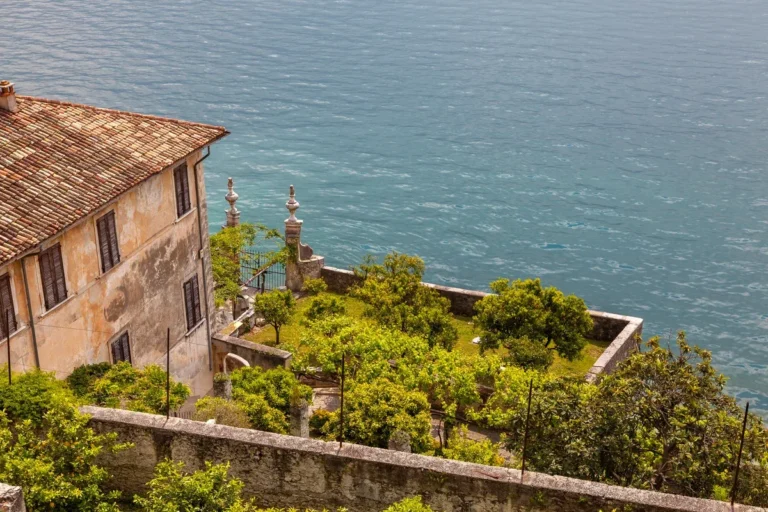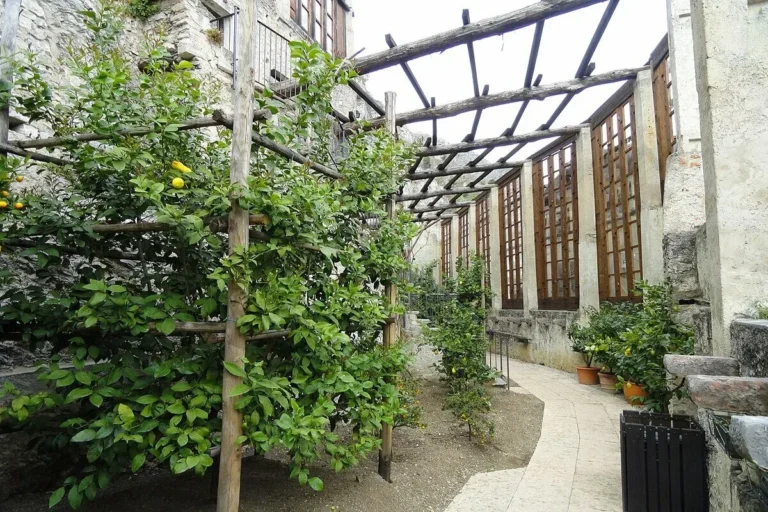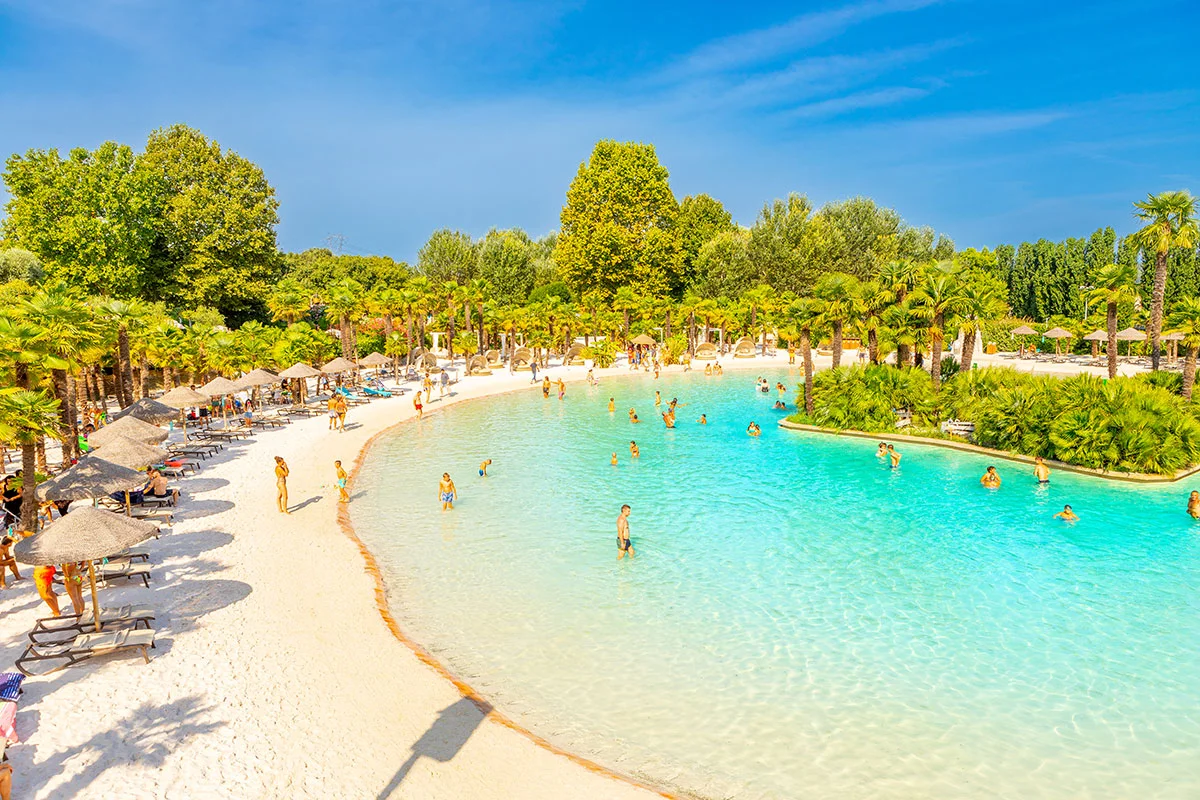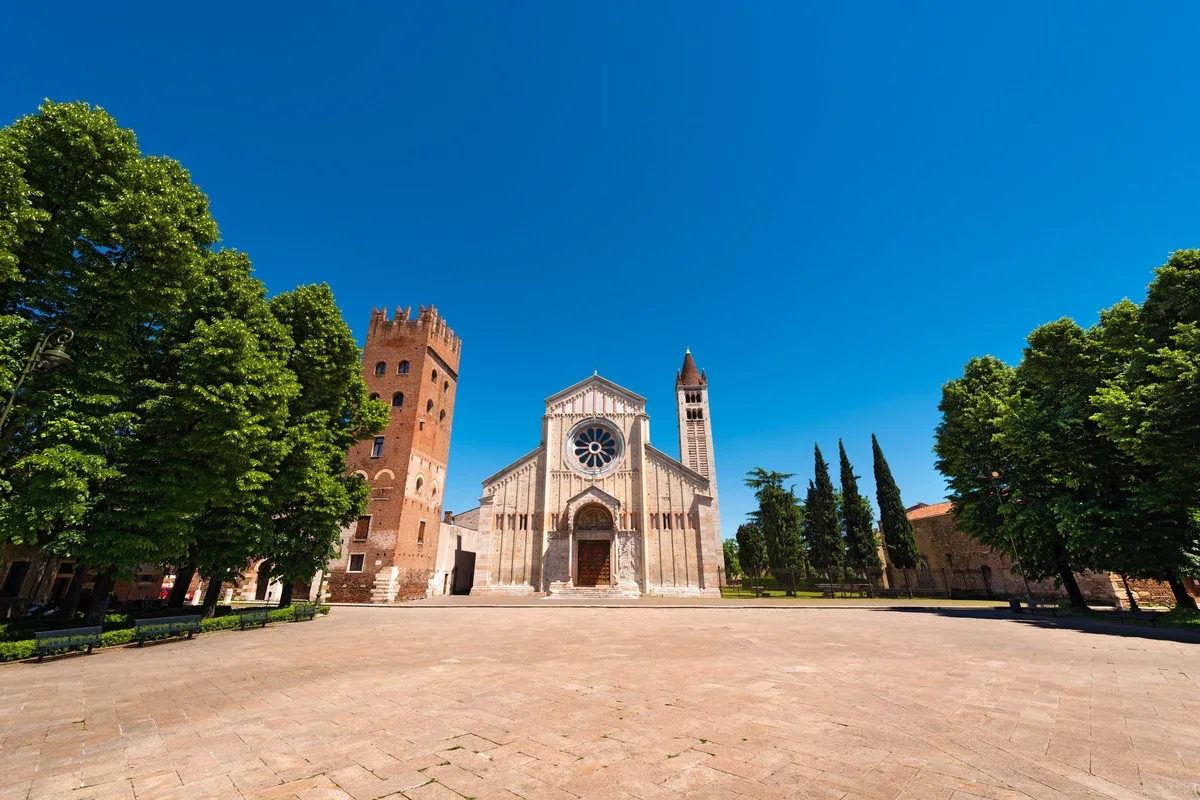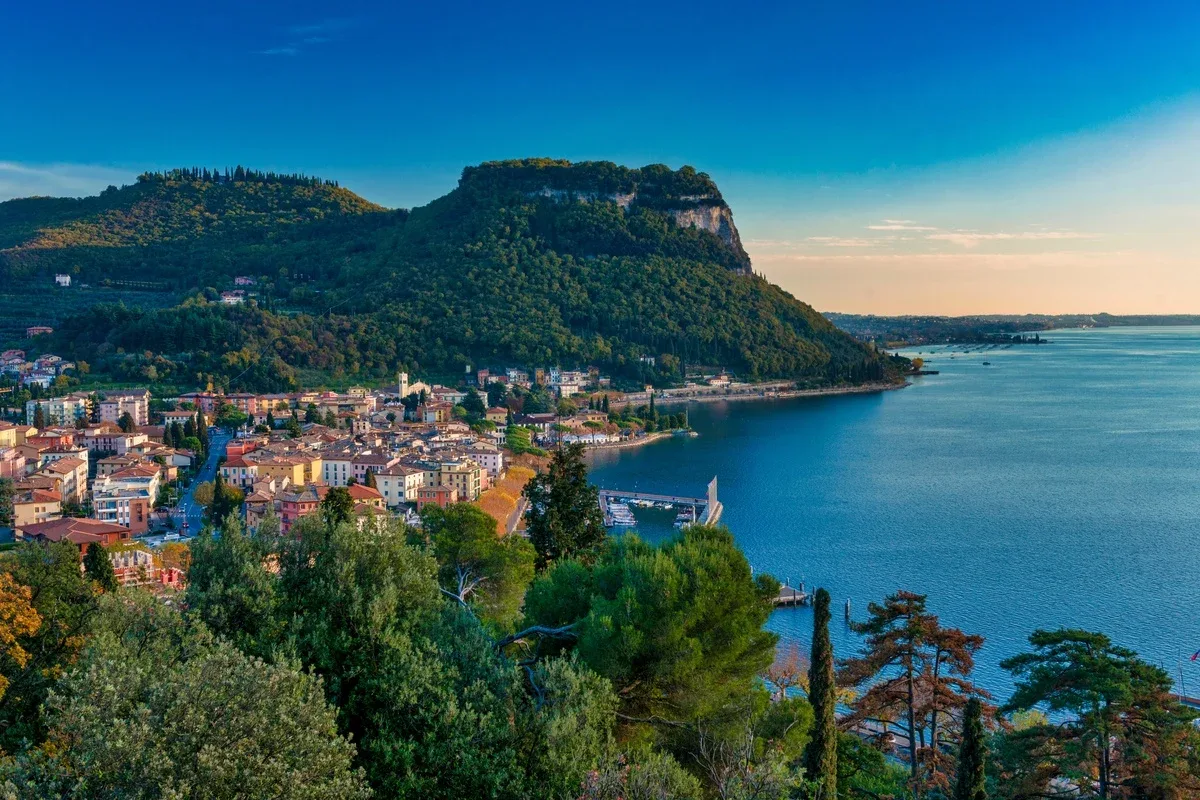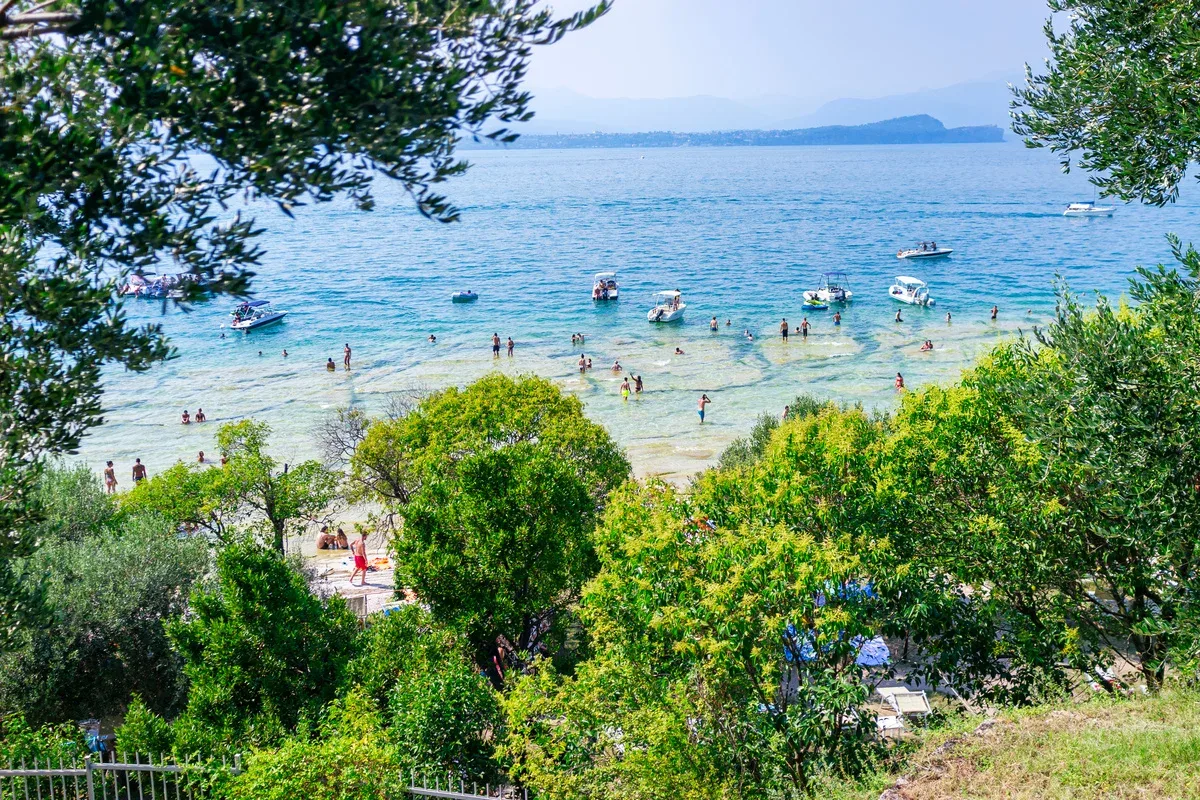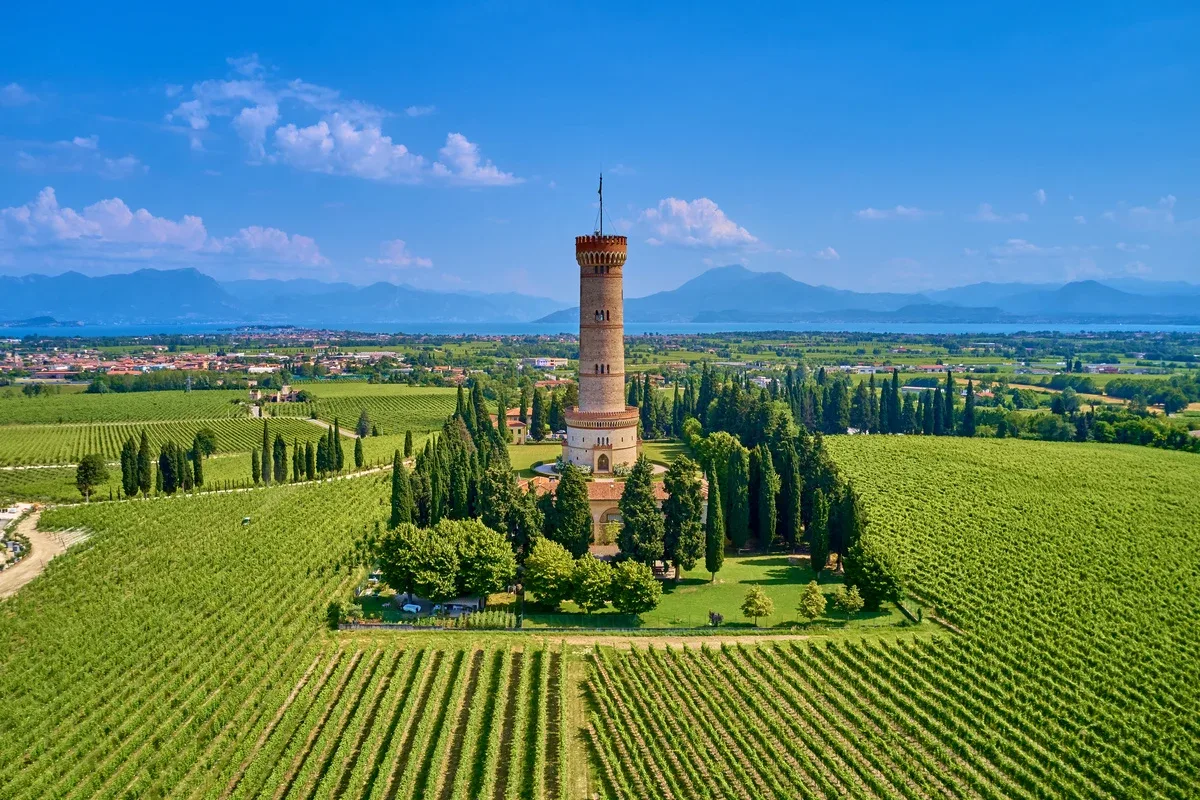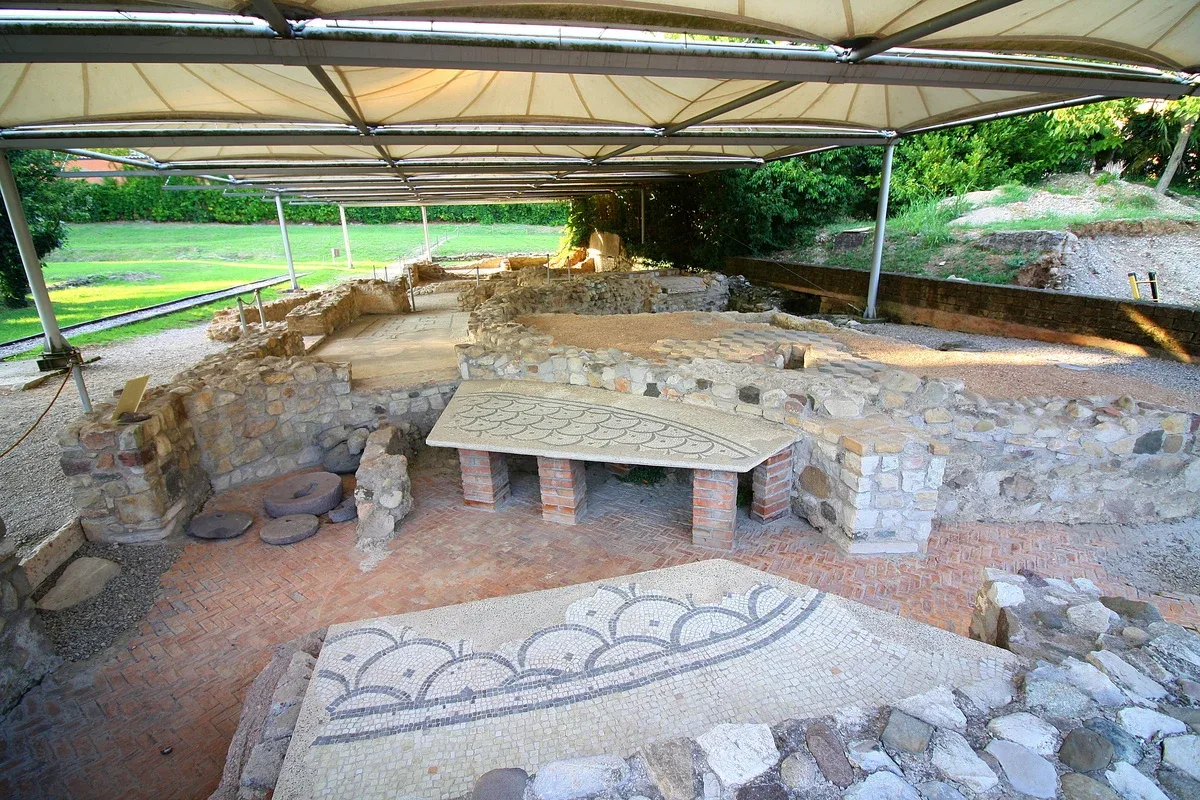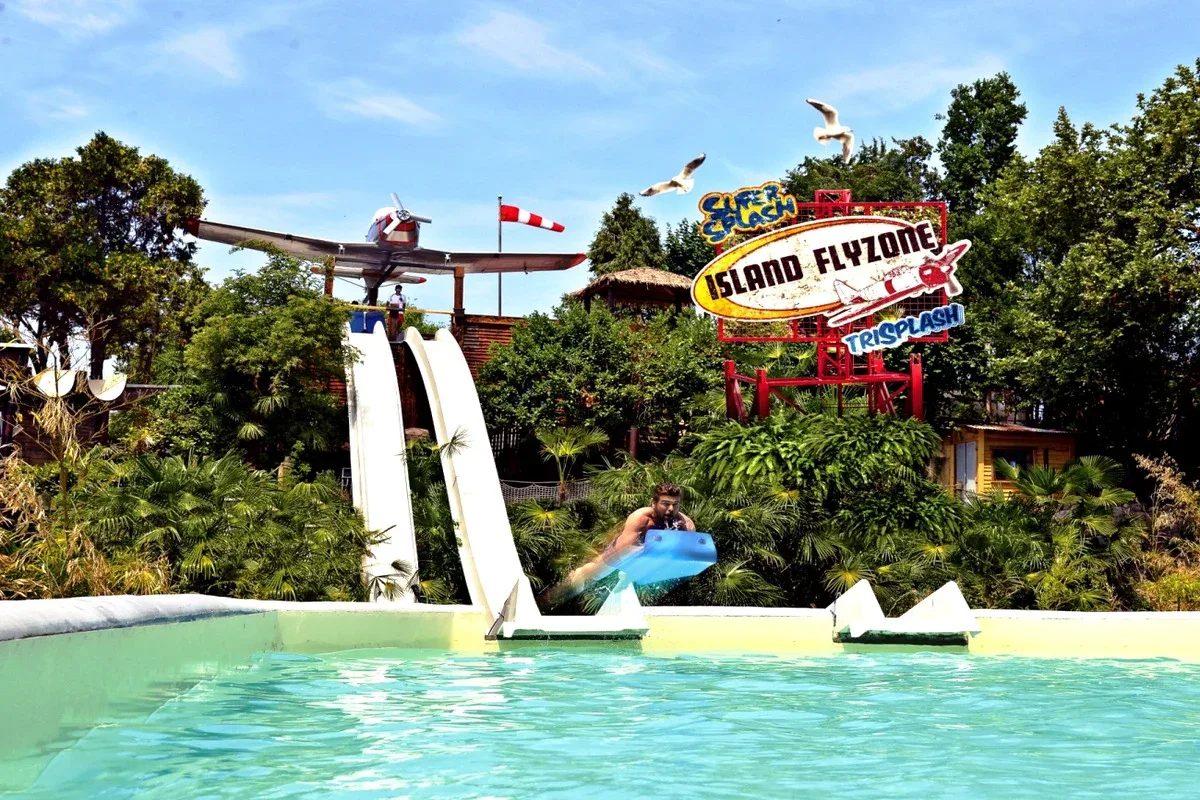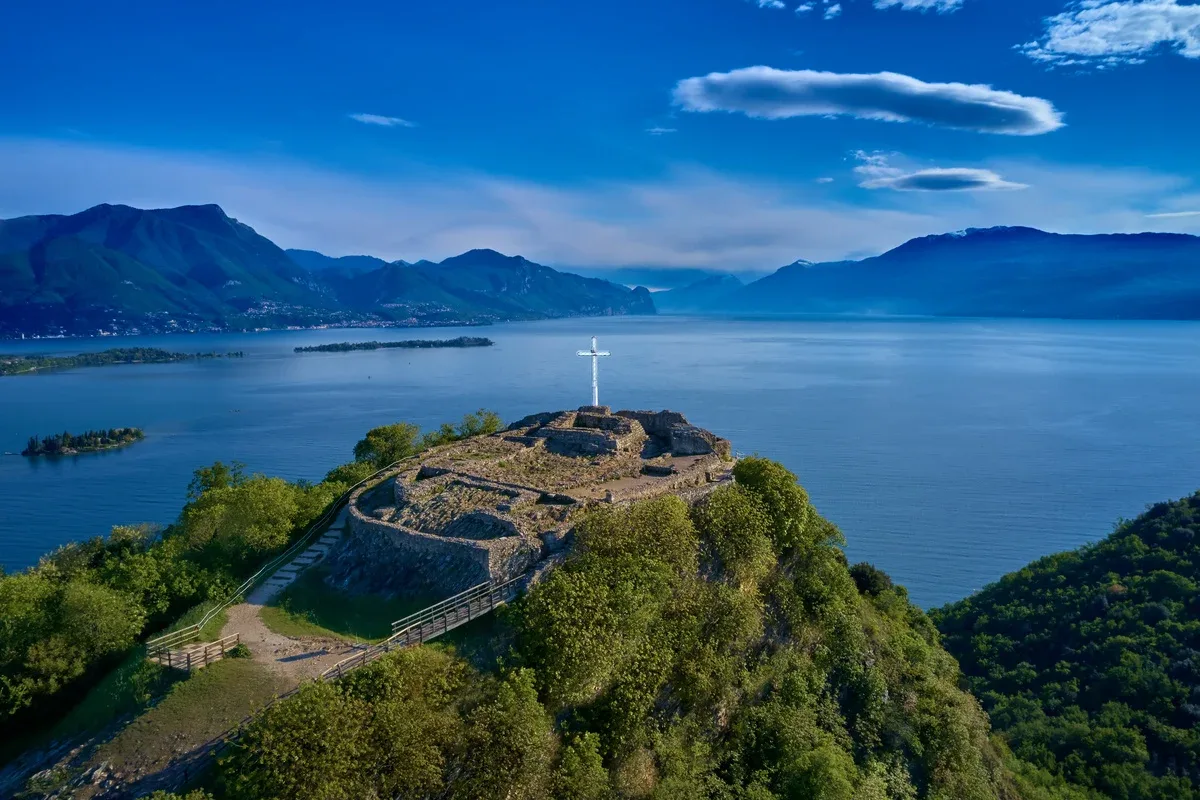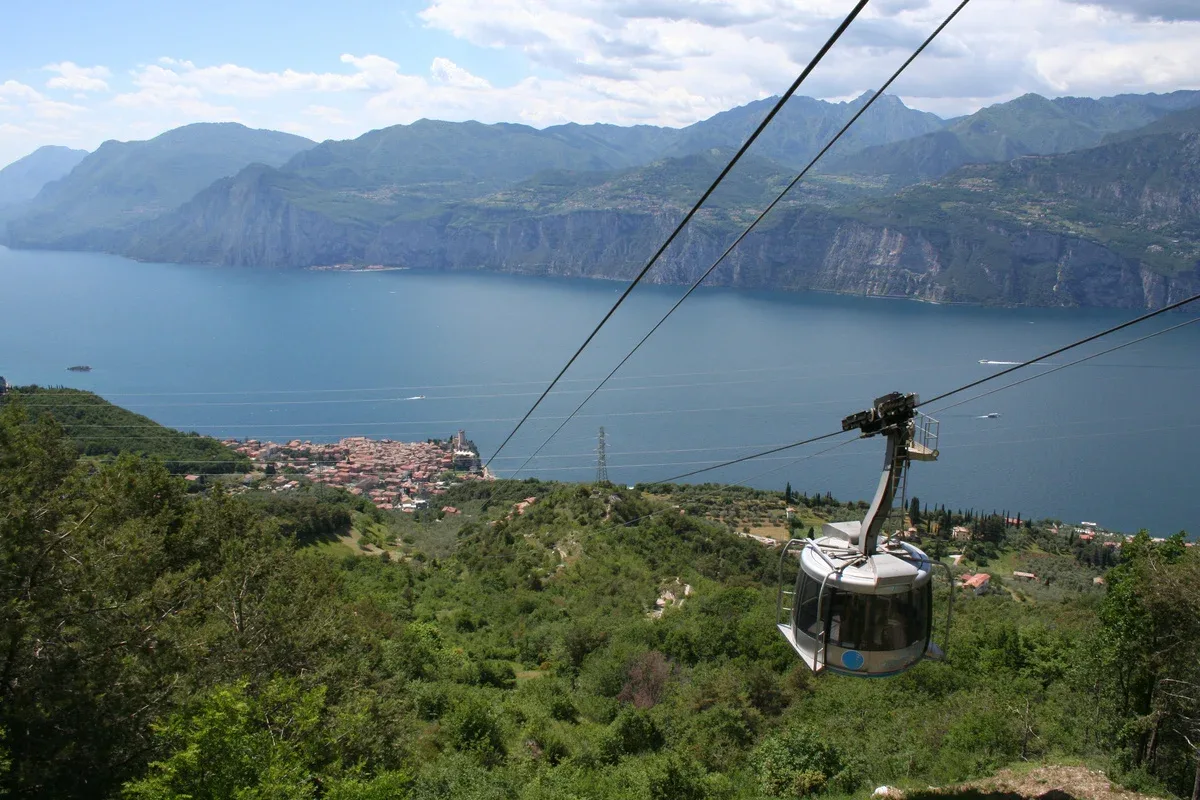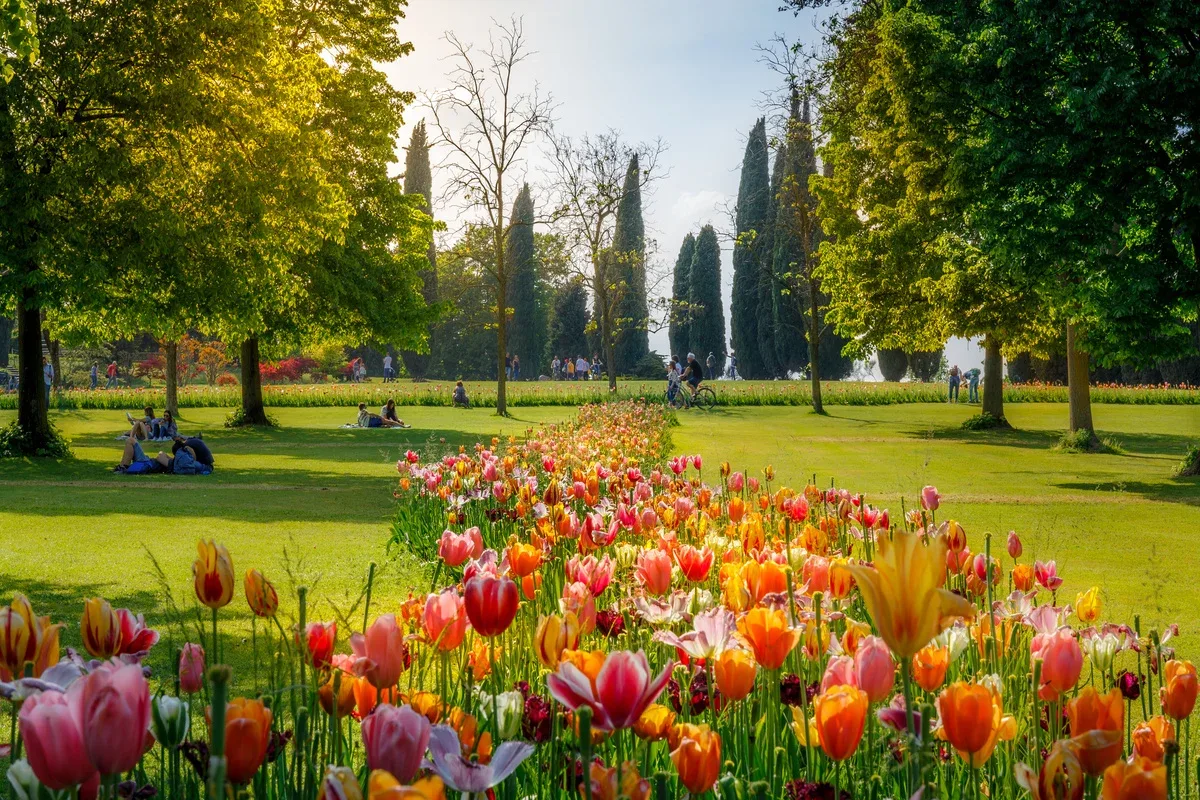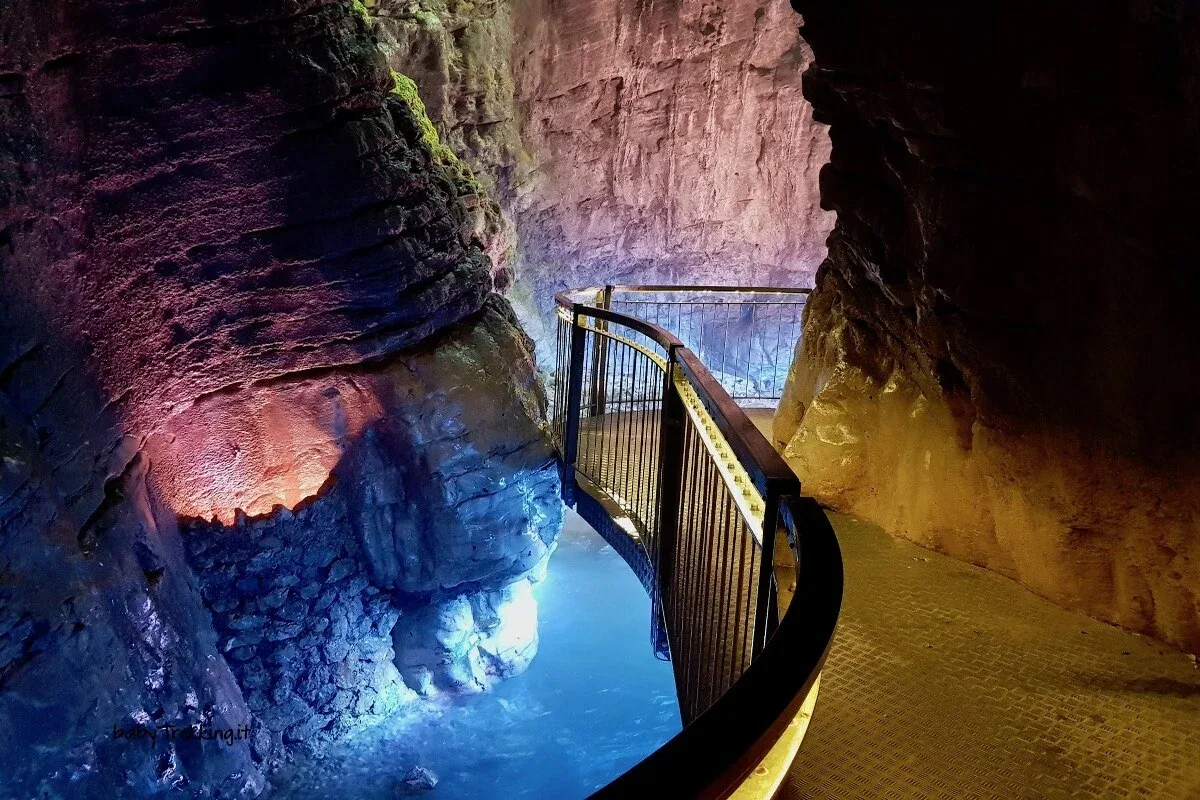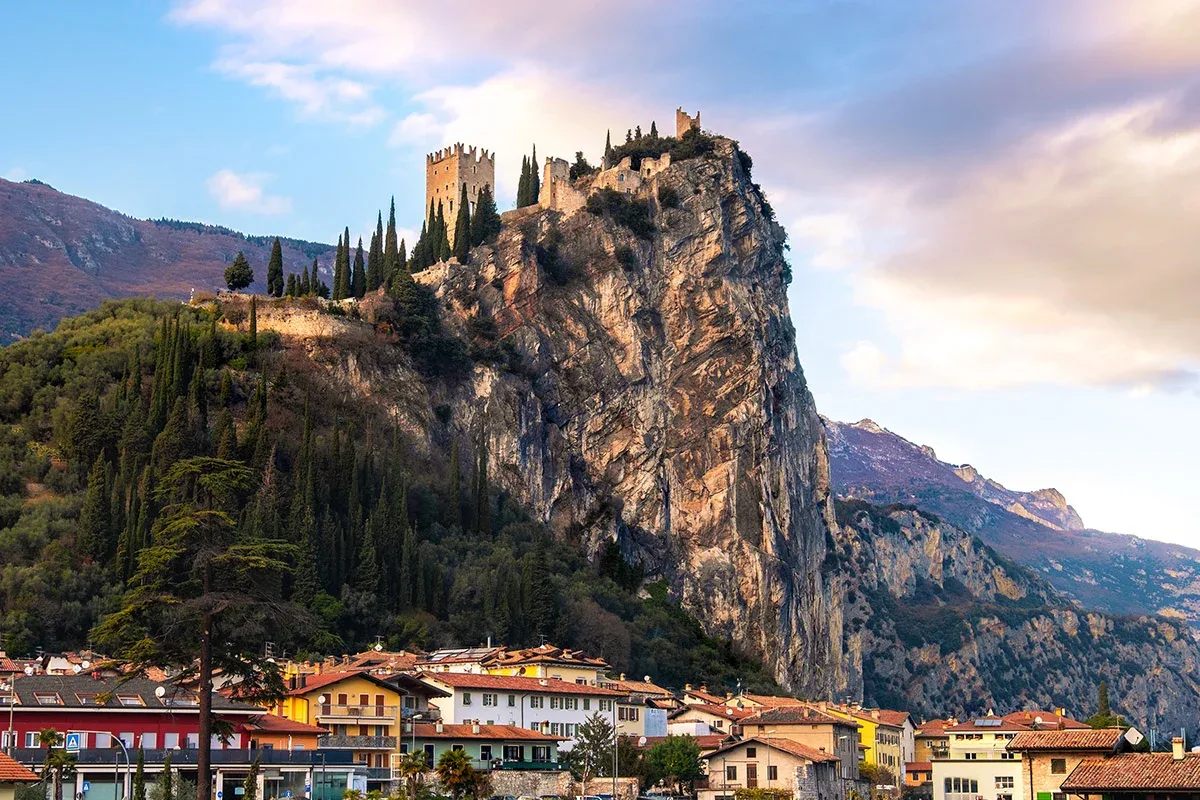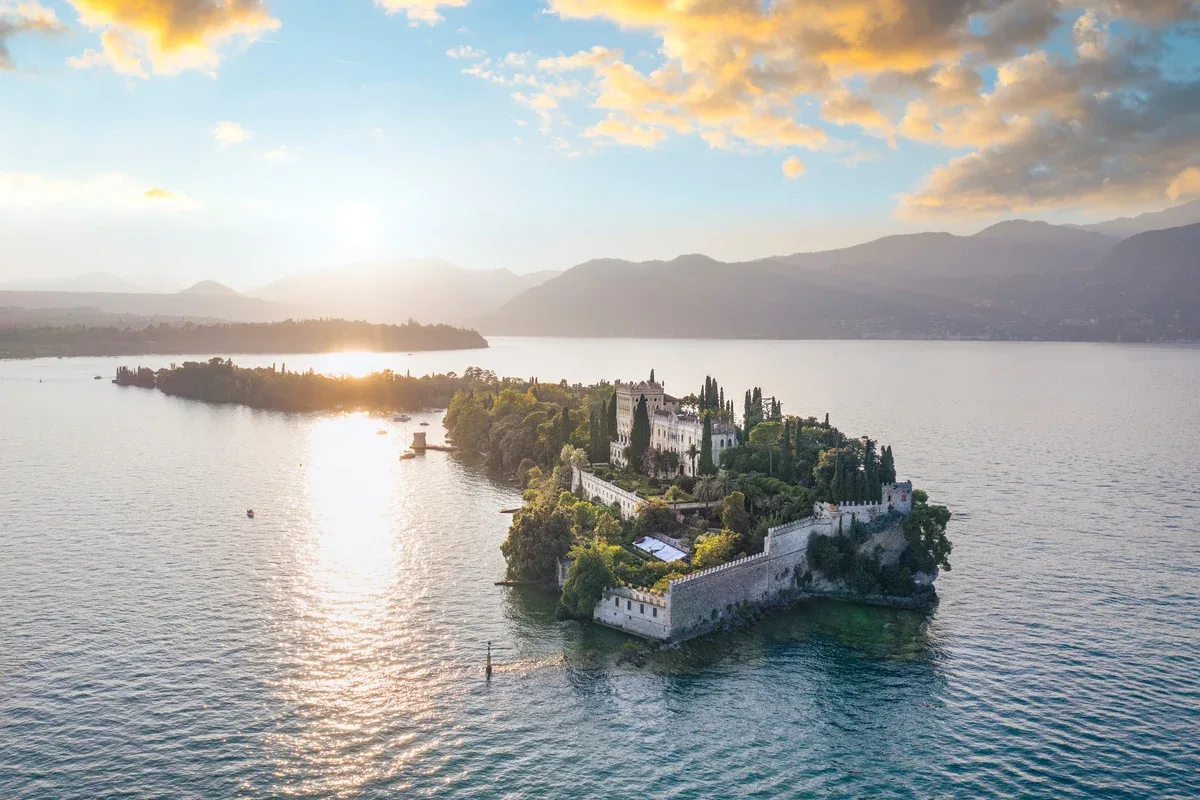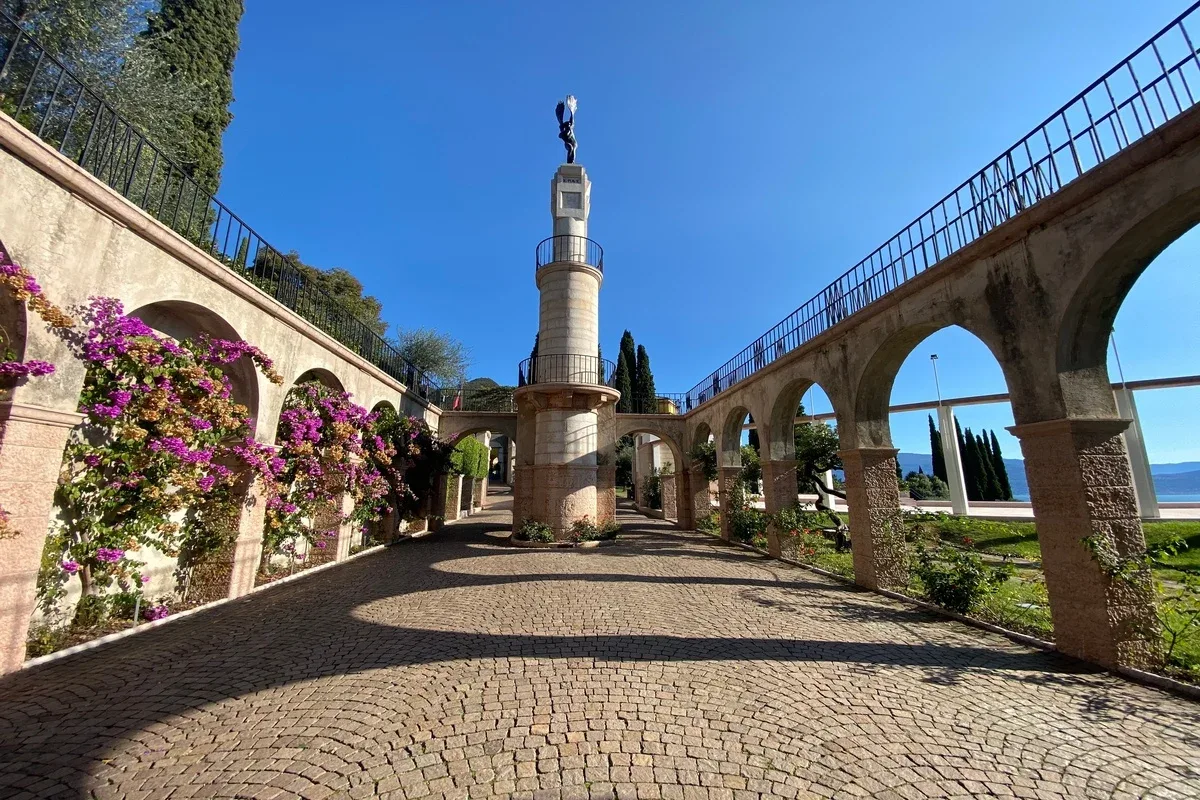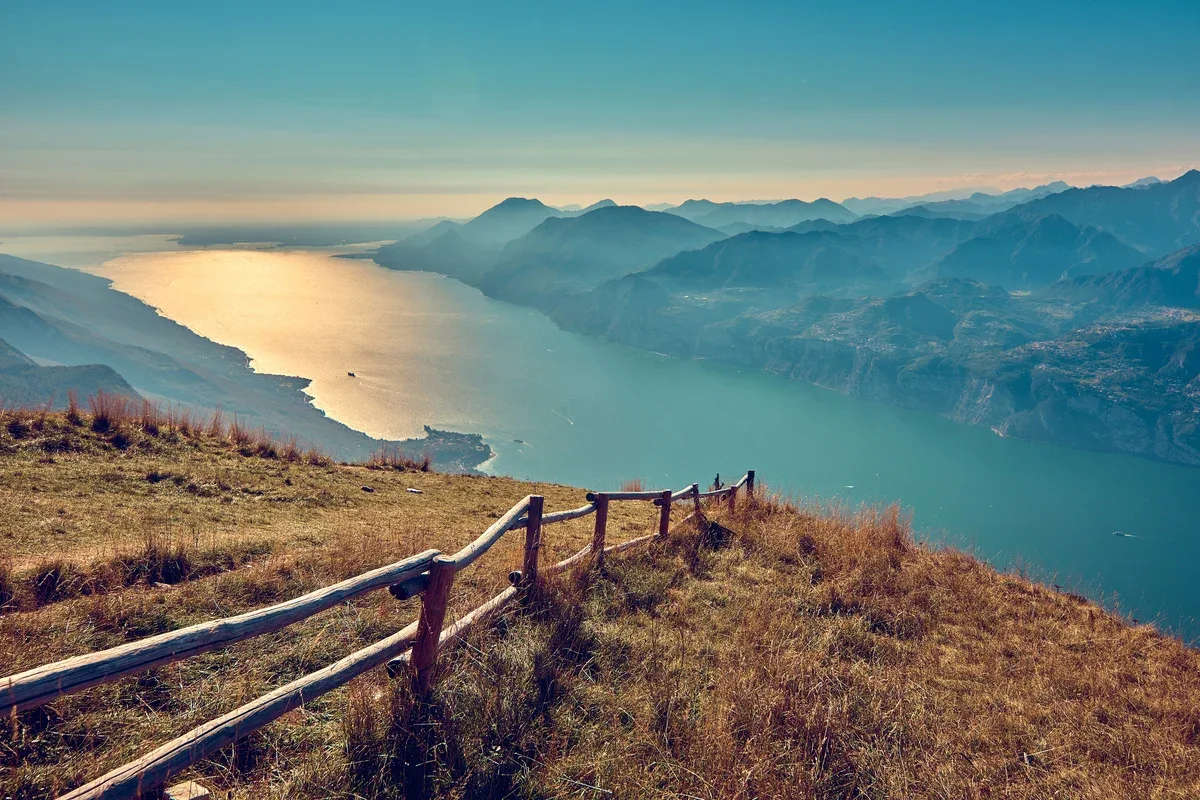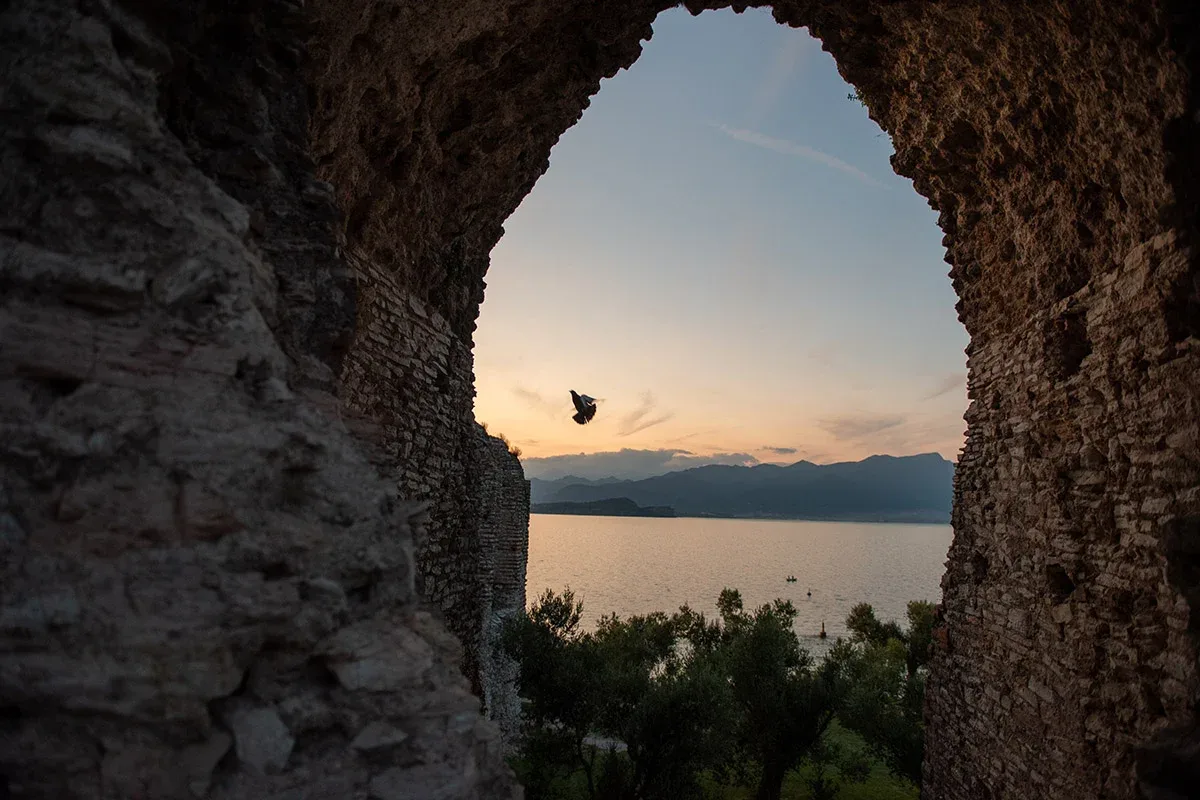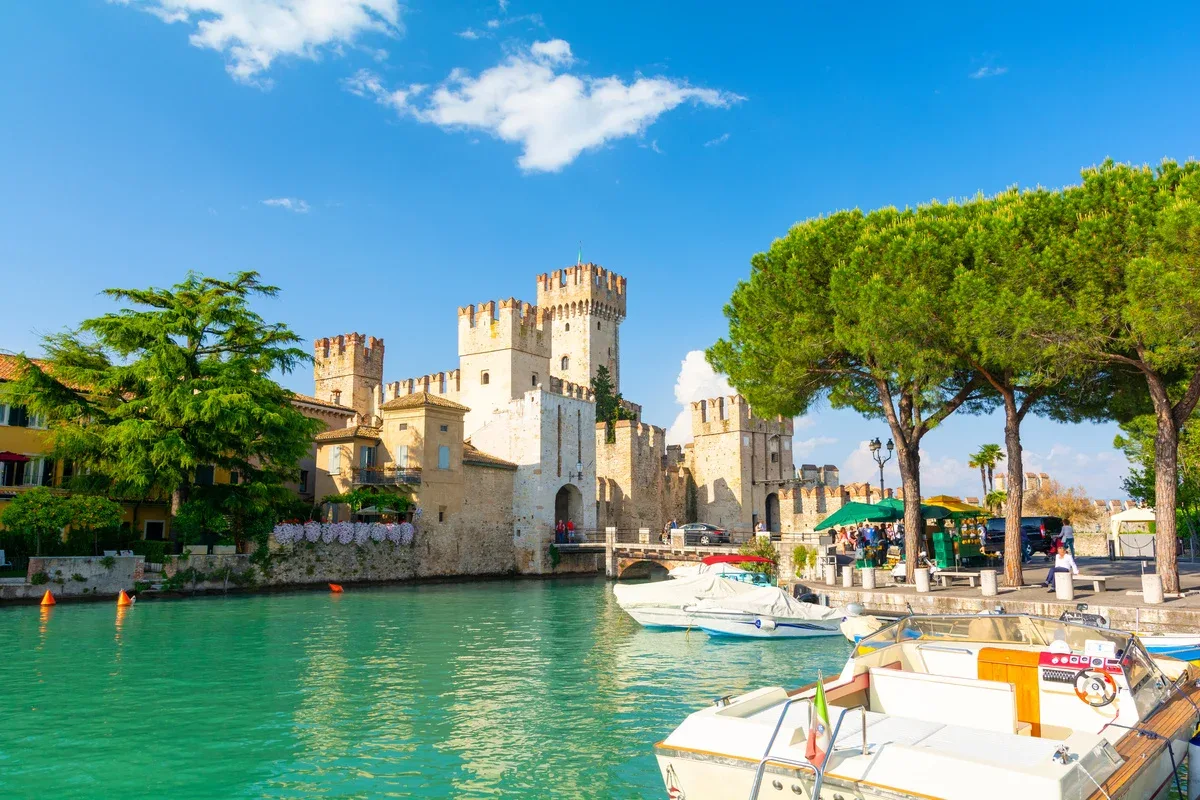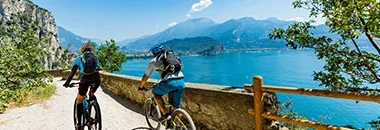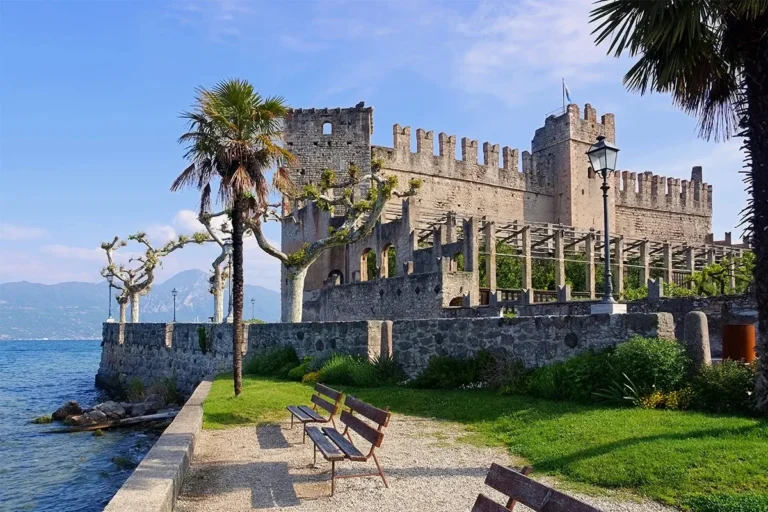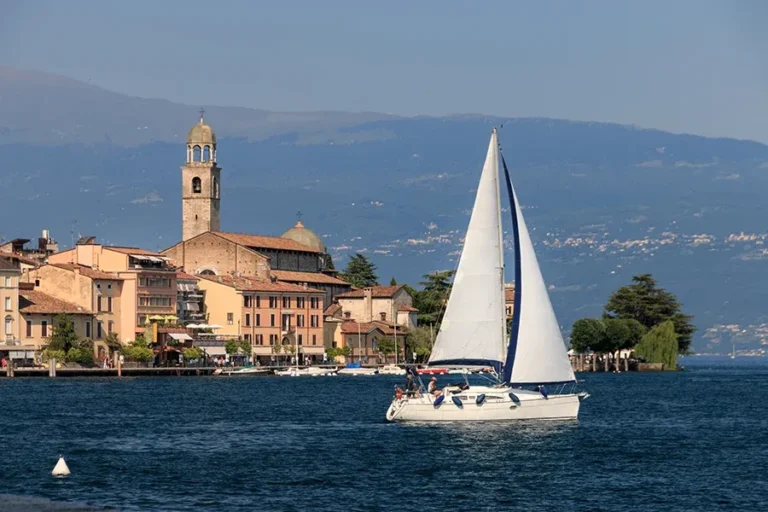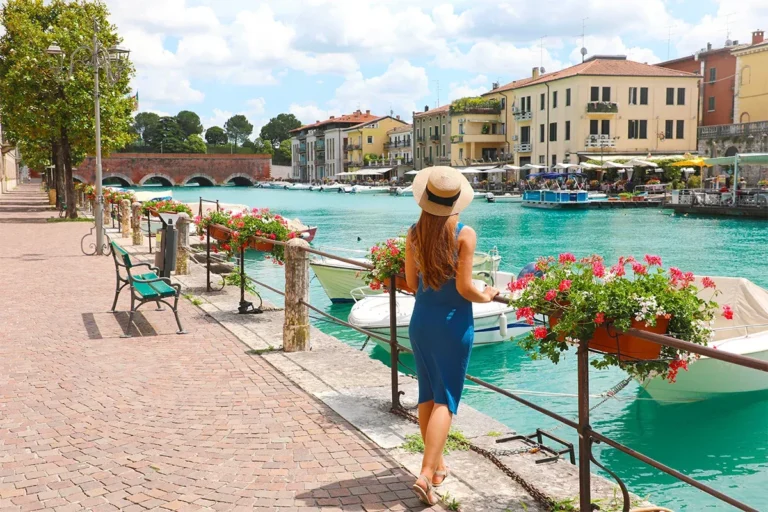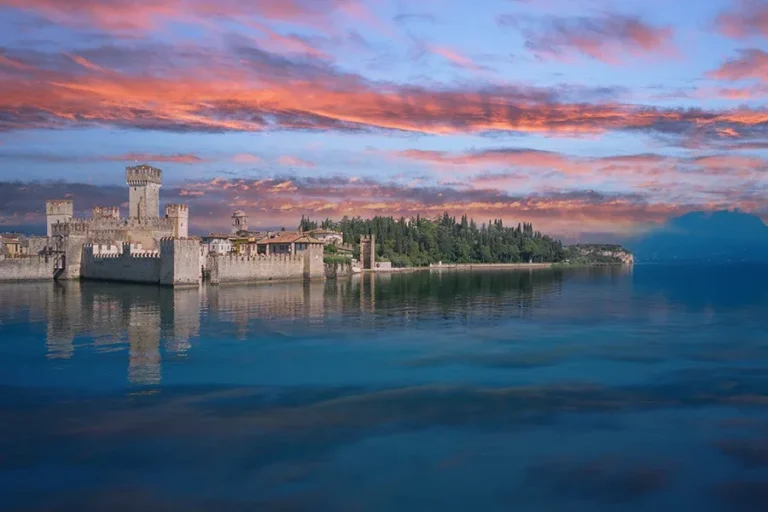If you’re ever in Lake Garda and want to experience a slice of Italy that’s as refreshing as a squeeze of lemon on a hot day, Limonaia del Castèl is your spot. This hilltop haven isn’t just a lemon grove, it’s a living testament to the art of lemon cultivation. There, you can also enjoy some of the best views in Italy.
Perched above the charming town of Limone sul Garda, the Limonaia del Castèl is one of the last remaining traditional lemon houses in the region. As you make your way up the hill, you can almost taste the citrus in the air, mingling with the scent of the lake. And let me tell you, the journey is half the fun — winding streets, ancient stone steps, and every now and then, a glimpse of the sparkling waters below.
Once you reach the top, you’re greeted by a landscape that feels like it’s straight out of a dream. Rows of lemon trees, their bright yellow fruit popping against the deep green leaves, stretch out before you. Limonaia del Castèl is also home to a small but fascinating museum that offers a peek into the history of this region — one that’s been intertwined with citrus cultivation for centuries.
Limonaia del Castèl Description
Limonaia del Castèl offers the kind of scenery you see on a postcard, with its terraced lemon groves climbing up the hill, supported by stone pillars and wooden beams that have weathered centuries of sun, wind, and rain. The lemons are part of a tradition that goes back hundreds of years. The local farmers have been growing these zesty fruits since the 13th century, and the methods haven’t changed much since then.
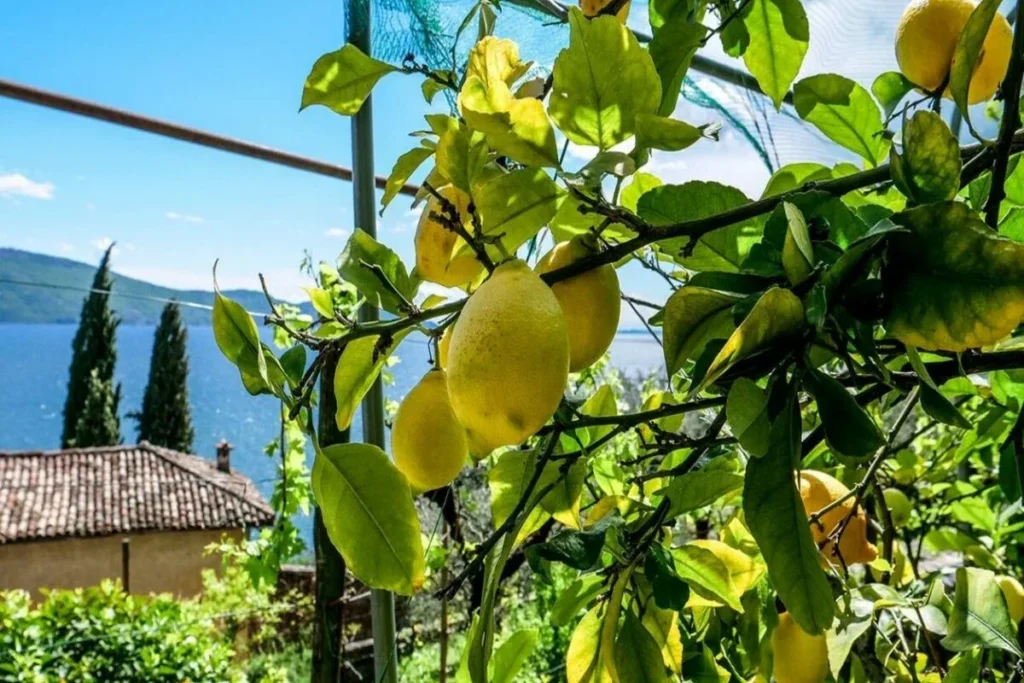
Walking through the Limonaia, you can almost feel the history under your feet. The paths wind through rows of lemon trees, with each terrace offering a new perspective of the lake and the surrounding mountains. The views are so stunning, you might just forget you’re here to learn a thing or two. But don’t worry — the museum inside the Limonaia is there to fill in the gaps.
The museum is a treasure trove of information about the history of lemon cultivation in the area, with exhibits that cover everything from the building of the terraced gardens to the tools used by the farmers. You’ll even find some old photographs that show how things used to be done, before modern technology made farming a whole lot easier.
What to Expect at Limonaia del Castèl
So, you’ve decided to visit Limonaia del Castèl? Good choice! Here’s what you can expect when you make your way up to this citrus-scented paradise. First off, prepare yourself for a bit of a climb. The path up to the Limonaia is steep in places, but it’s well worth the effort. Besides, it gives you an excuse to slow down and take in the views — something you’ll be thankful for once you reach the top.
When you arrive, the first thing that hits you (apart from the view) is the sheer scale of the place. Don’t expect a small garden with a few lemon trees. You’ll be welcome by a sprawling network of terraces, each one filled with rows of lemon trees that seem to stretch on forever. Take your time, wander from terrace to terrace, stop every now and then to admire the view and take a deep breath of that lemon-scented air.
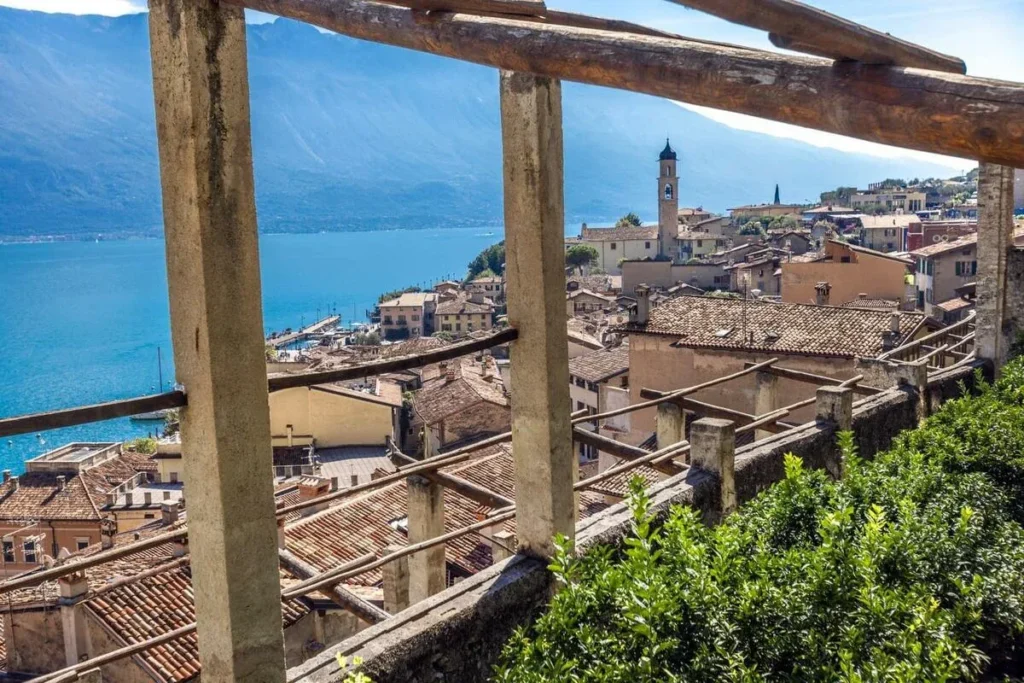
The museum is small but packed with information. You’ll learn about the history of lemon cultivation in the area, as well as the techniques used to grow the fruit in such a challenging environment. There’s even a section on the different varieties of lemons grown in the Limonaia…There are more than you might think!
One of the highlights of the visit is the chance to taste some local lemon products. Whether it’s a glass of fresh lemonade, a slice of lemon cake, or a sample of limoncello, you’ll find that the lemons from Limonaia del Castèl are some of the best you’ve ever tasted. And if you’re feeling really adventurous, you can even try your hand at making your own limoncello!
The Origins of Limonaia del Castèl
Now, let’s take a step back in time. Limonaia del Castèl has its roots in the 13th century, when the first lemon trees were planted on the shores of Lake Garda. Back then, this was no easy task. The climate in this part of Italy isn’t exactly tropical, so the local farmers had to get creative. They built terraces into the hillside, supported by stone walls and wooden beams, to create a microclimate that was perfect for growing lemons.
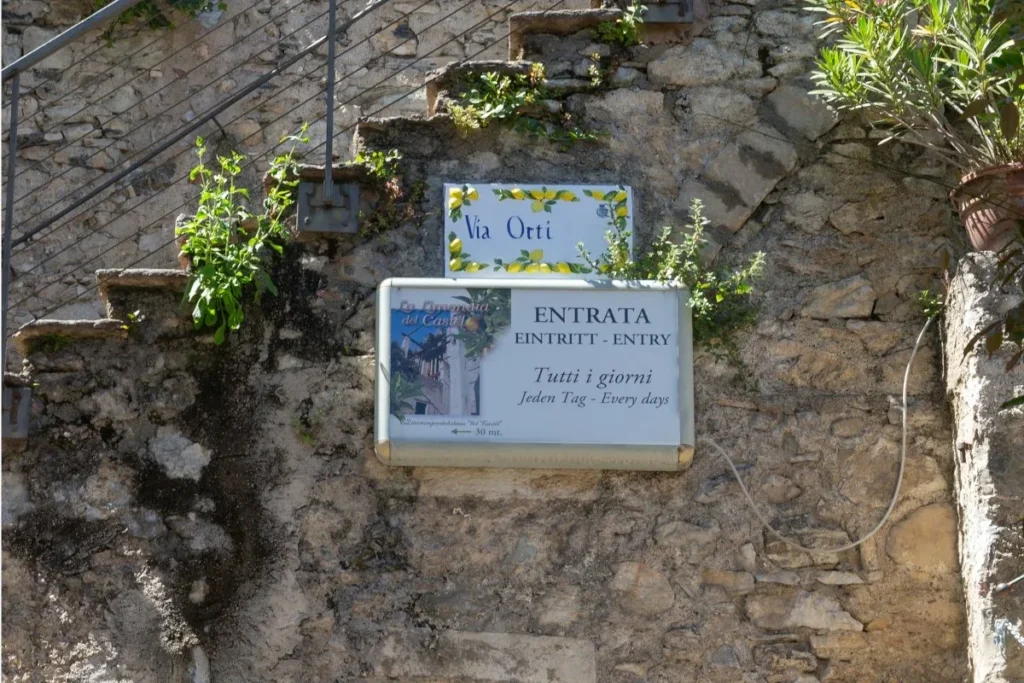
Over the centuries, the Limonaia grew, and so did the reputation of Limone sul Garda as a center of lemon cultivation. By the 18th century, the town was exporting lemons all over Europe, and the Limonaia del Castèl was one of the most productive lemon houses in the region.
he Limonaia was also a symbol of the town’s wealth and status. The more terraces you had, the more successful you were. And as the Limonaia grew, so did the town’s prosperity.
Fast forward to the 20th century, and things started to change. The demand for lemons dropped, and many of the limonaie fell into disrepair. But the Limonaia del Castèl was different. Thanks to the efforts of the local community and the government, it was preserved and restored to its former glory.
Today, Limonaia del Castèl is one of the last remaining traditional lemon houses in the area, and it’s a living reminder of the town’s rich history. As you walk through the terraces, you’re walking through centuries of hard work, dedication, and a love for the land.












